Rustic Irish Soda Bread Recipe: Alton Brown’s Magic Touch!
Alton Brown’s Irish soda bread bursts with rustic charm, transforming humble ingredients into a mouthwatering masterpiece.
Bread-making magic unfolds with minimal fuss and maximum deliciousness.
No yeast, no kneading, just pure culinary simplicity.
Each crumbly slice tells a story of traditional baking techniques passed down through generations.
Packed with rich flavor and tender texture, this recipe welcomes bakers of all skill levels.
The magic happens when basic pantry staples dance together in a mixing bowl, creating something extraordinary.
Get ready to savor a slice of ireland’s beloved comfort food that will make your taste buds sing with joy.
Quick Recipe Overview
Alton Brown’s Irish Soda Bread Ingredient List
For Dry Ingredients:For Wet Ingredients:For Add-Ins:For Coating:Equipment Needed to Make Irish Soda Bread
How to Prepare Alton Brown’s Irish Soda Bread
Crank up your oven to a toasty 375°F and grab a trusty cast-iron skillet. Slather the skillet with a generous layer of butter to create a perfect non-stick surface.
In a spacious mixing bowl, toss together flour, sugar, salt, and baking soda. Use your fingertips to massage cold butter into the dry ingredients until the mixture looks like crumbly sand. Sprinkle in some raisins, breaking up any clumps that stick together.
Whisk buttermilk and egg in a separate container, then pour the liquid into your flour mixture. Gently stir with a wooden spoon until the dough just starts to come together. Don’t go crazy mixing – a slightly rough and shaggy texture is exactly what you want.
Dust your work surface with flour and use your hands to form the dough into a rustic circular loaf. If things get sticky, add a light sprinkle of flour. Transfer the dough to your buttered skillet and slice a deep “X” across the top with a sharp knife.
Slide the skillet into the middle of the oven and bake for 50-55 minutes. You’ll know it’s ready when tapping the bottom produces a hollow sound. Once done, let the bread cool completely on a wire rack before slicing into your delicious creation.
Recipe Adjustments for Irish Soda Bread
Enhance the classic recipe with these creative twists and expert tips.
Swap traditional raisins with dried cranberries, currants, or chopped dried apricots for a unique flavor profile.
Knead dough gently and minimally to maintain a tender, crumbly texture. Overworking develops gluten, resulting in a tough bread.
Incorporate fresh herbs like rosemary, thyme, or caraway seeds directly into the dough for a savory dimension.
Replace all-purpose flour with a gluten-free blend, adding xanthan gum to help bind the ingredients and maintain the bread’s classic structure.
Serving Ideas for Irish Soda Bread
Keeping Irish Soda Bread Fresh
Print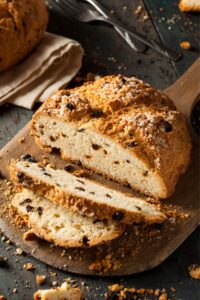
Rustic Alton Brown Irish Soda Bread Recipe
- Total Time: 1 hour 5 minutes
- Yield: 8 1x
Description
Simple yet authentic Alton Brown irish soda bread brings traditional Irish baking techniques to home kitchens with minimal ingredients. Hearty bread pairs perfectly with soups, stews, and you’ll savor its rustic charm and delightful texture.
Ingredients
- 4 cups (946 ml) all-purpose flour
- 1 ¾ cups (414 ml) cold low-fat buttermilk or kefir
- 1 cup (237 ml) raisins or dried cranberries
- 6 tbsps cold unsalted butter
- 1 large egg, cold
- ¼ cup (50 g) granulated sugar
- 1 tsp sea salt
- 1 tsp baking soda
- ¼ cup (59 ml) all-purpose flour (for dusting)
- ½ tbsp unsalted butter (to grease pan)
Instructions
- Preparation: Warm the oven to 375°F. Thoroughly grease a cast-iron skillet with butter, ensuring complete surface coverage.
- Dry Ingredient Fusion: In a large bowl, blend flour, sugar, salt, and baking soda. Incorporate cold butter using fingertips until mixture resembles uneven crumbs, creating a textured base.
- Liquid Integration: Whisk buttermilk and egg in a separate container. Fold raisins into the flour mixture, creating a central well. Pour liquid mixture into the center, stirring minimally until dough just begins to cohere.
- Dough Shaping: Transfer slightly moistened dough onto a floured surface. Gently form a rustic round loaf with floured hands, avoiding excessive manipulation to maintain tenderness.
- Skillet Arrangement: Nestle the shaped dough into the buttered skillet. Carve a deep “X” across the loaf’s surface using a sharp knife to facilitate expansion during baking.
- Baking Process: Position skillet in the oven’s center. Bake for 50-55 minutes until the exterior turns golden-brown and produces a hollow sound when tapped. Allow bread to cool completely on a wire rack before slicing.
Notes
- Butter Selection: Use high-quality cold unsalted butter for optimal texture and rich flavor in the bread.
- Handling Dough: Treat the dough gently and minimally to prevent tough, dense bread; light touches create tender results.
- Moisture Control: Watch flour dusting carefully – too much can dry out the bread, while too little causes sticking.
- Raisin Distribution: Break up raisin clusters before adding to ensure even spread throughout the bread’s interior.
- Prep Time: 10 minutes
- Cook Time: 55 minutes
- Category: Breakfast, Snacks, Dinner
- Method: Baking
- Cuisine: American
Nutrition
- Serving Size: 8
- Calories: 215
- Sugar: 7 g
- Sodium: 200 mg
- Fat: 8 g
- Saturated Fat: 5 g
- Unsaturated Fat: 3 g
- Trans Fat: 0 g
- Carbohydrates: 34 g
- Fiber: 1 g
- Protein: 4 g
- Cholesterol: 30 mg

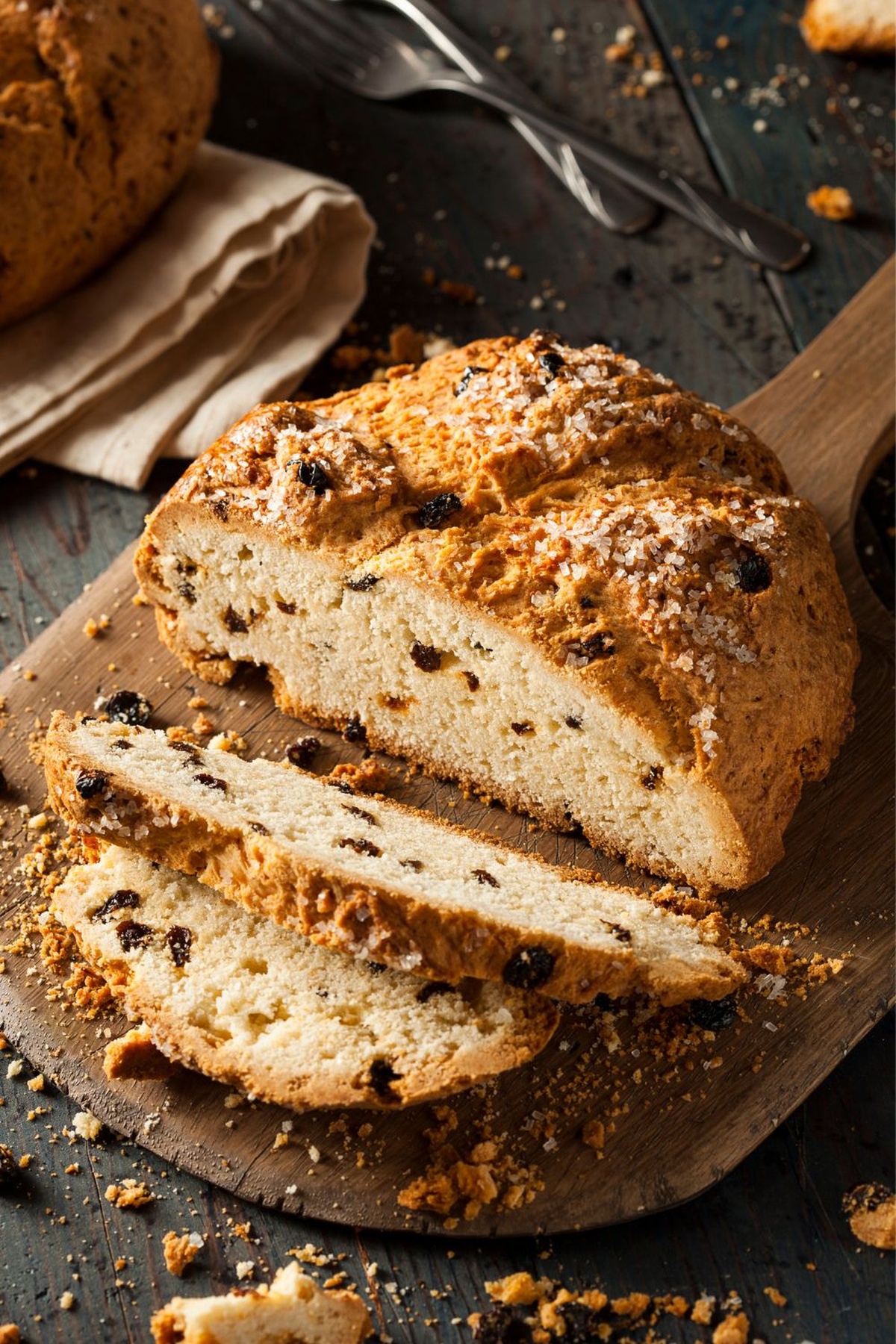
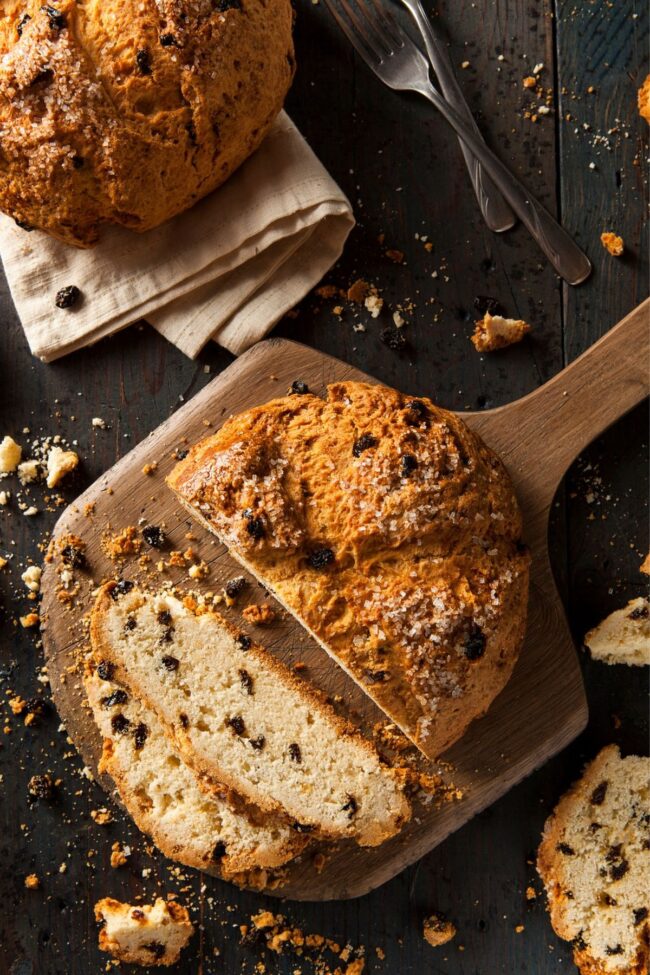
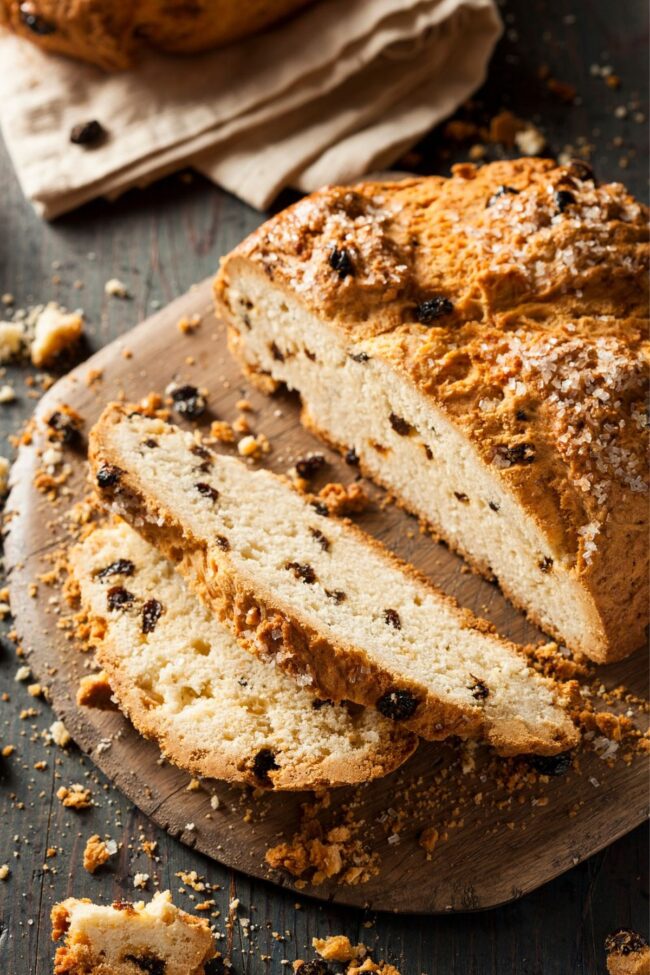
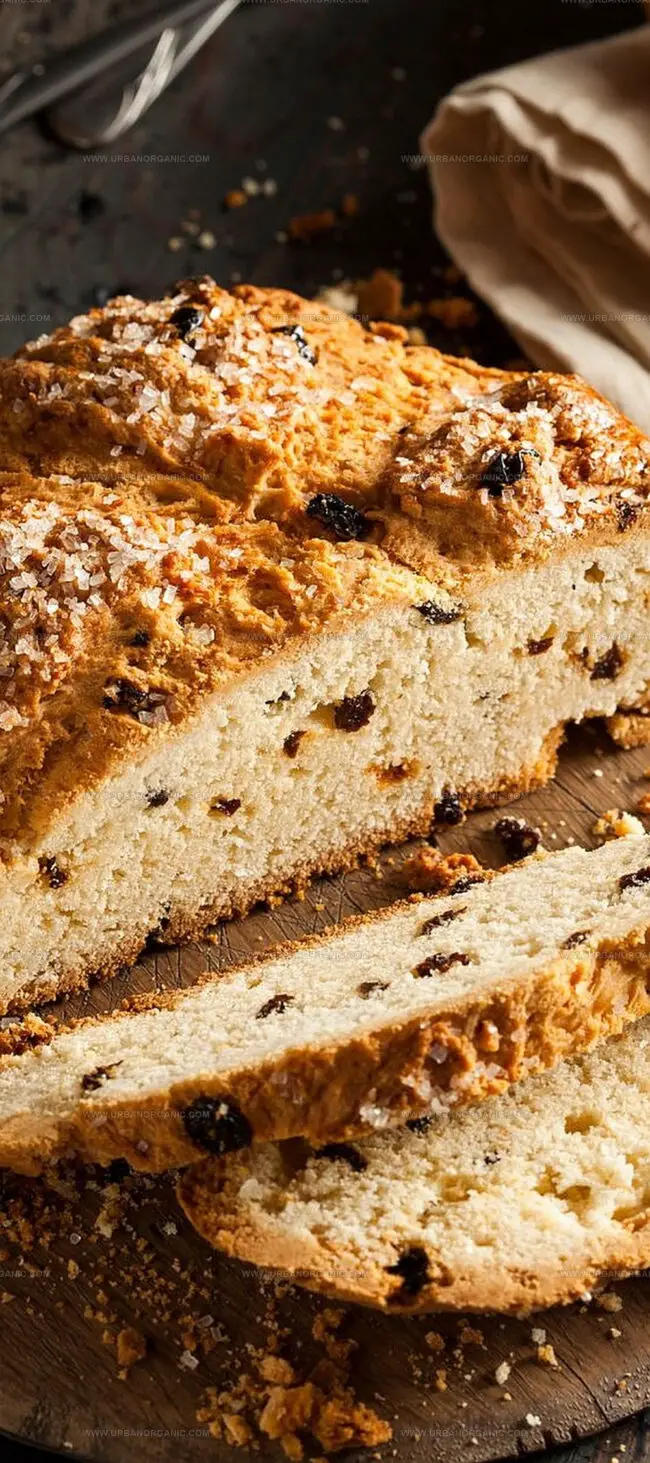
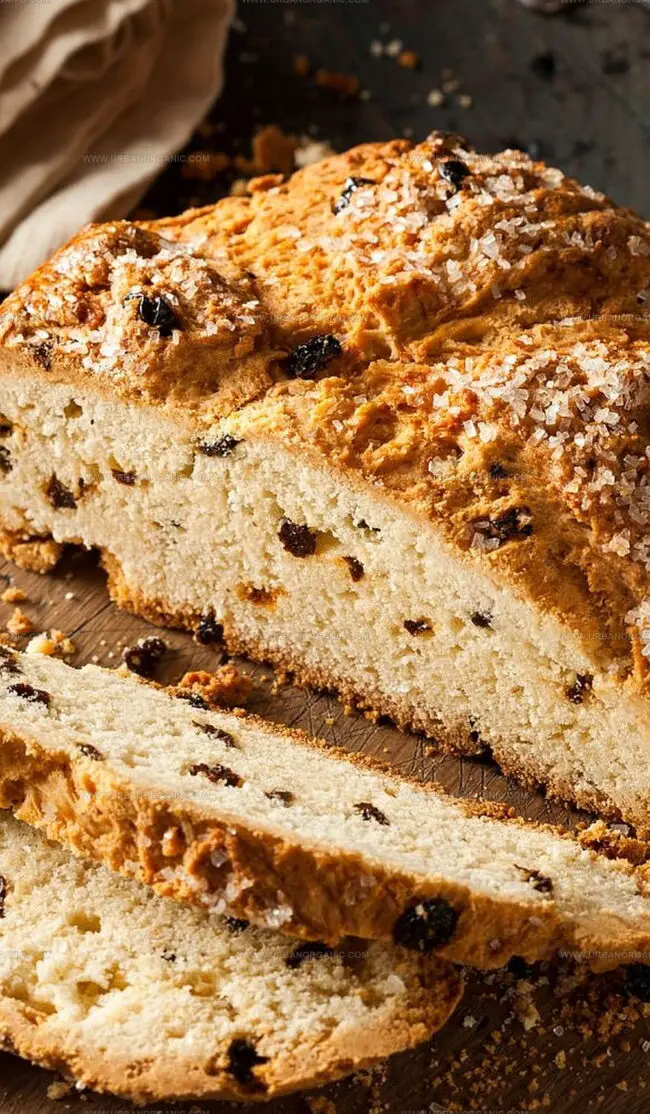
Michael Thompson
Founder & Culinary Director
Expertise
Classical & Contemporary Cooking Techniques, Global Cuisine Appreciation, Nutrition & Menu Engineering, Sustainable Cooking Practices, Farm-to-Table Cuisine
Education
Southwestern Oregon Community College
Michael grew up in Oregon, where he learned early that food tastes better when it’s fresh, local, and made with care.
After earning his degree from the Southwestern Oregon Community College, he focused his career on teaching others how to cook with the seasons, reduce food waste, and reconnect with what’s on their plate.
Michael keeps his cooking simple, sustainable, and full of flavor. His favorite part of the process? Watching people realize how easy and satisfying it can be to cook a single great meal from scratch.